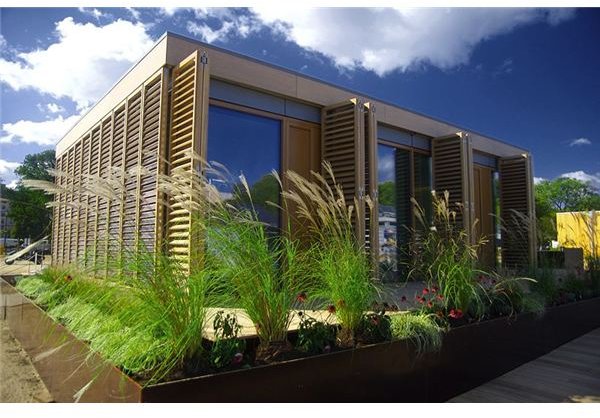Home Conversion to Solar Power
Converting a Home to Solar Power – Overview
With global warming and climate change becoming a mainstream concern that no one can ignore, many people are considering home conversion to solar power as a first step in protecting and saving their immediate environment. No longer is the use of solar energy for electricity the sole territory of vacation homes and eccentrics. Today, converting your home to gain power from the sun is not just about simple green living, but an environmentally friendly necessity. In fact, the benefits cannot be underestimated.
Home Electricity from Solar Power is a Win-Win Situation
Everyone benefits from the win-win situation that getting home electricity from solar power provides. For each day of solar electricity produced in your home, a twenty days supply of natural gas, coal, and oil is left untouched; 20 days less of harmful gas emissions entering the Earth’s atmosphere. However, with basic designs and simple innovations (DIY or pre-fabricated), you save thousands annually from free energy and even sell back excess power to the utility companies. What more could you ask for? However, how does it work, and is it the best thing for your home?
Solar Power Home Conversions – Incentives, Costs and Long-Term Gains
Solar power home conversion has its definite benefits – long-term gains and incentives. Though the initial outlay costs for solar power electricity systems is less expensive than it used to be, it still remains well beyond the reach of many homeowners. In the United States alone, start-up costs can start from as little as $200 - $10,000 with no defined maximum, though the incentives given to homeowners in the form of rebates, discounts, grants, tax deductions, and rewards from government organizations will, over time, cover some or all of these costs. However, the long-term gains are substantial. Homeowners will see a drop in their electricity bill costs; even eliminate them in some cases, not long after the system is installed.
The Future Seems Bright for Solar Power House Conversion Installations
Solar power house conversion installations are facing a bright future. With fossil fuels ready to run out and the need to stop further

damage to the planet, the potential growth of this industry is incredible. Homeowners currently can choose between two types of solar power electricity systems – roof tiles or shingles and/or conventional solar panels. Three final choices enable many homeowners to save a fortune each year with systems that are either off-grid completely, off-grid with a back-up generator or alternative system, or with the grid as an emergency back-up.
Assessing Solar Power Electricity Home Needs
The road to solar power home conversion starts with assessing your family’s electricity needs. What can solar power do and/or not do for you? Will it work? How do you calculate the size of the system that you need? What considerations are there? With so many questions left unanswered, there is no better time than the present to convert your home to solar powered electricity. Regardless of all of the doom and gloom scenarios being played out on the televisions in the living rooms of many worldwide homes, home conversion to solar power is the responsible choice, the best road towards total green living.
Sources
- “Can A Home Solar Energy System Fit Your Budget?”, Mark Jeantheau, online article, Grinning Planet.Com, 2004, https://www.grinningplanet.com/2004/05-06/home-solar-energy-systems-article.htm
- “Never Off the Grid”, Grey Watson, online article, 256.Com, 2010, https://256.com/solar/
- “Solar Energy Facts”, online article, JC-Solar Homes.Com, 2010, https://www.jc-solarhomes.com/solar_energy_facts.htm